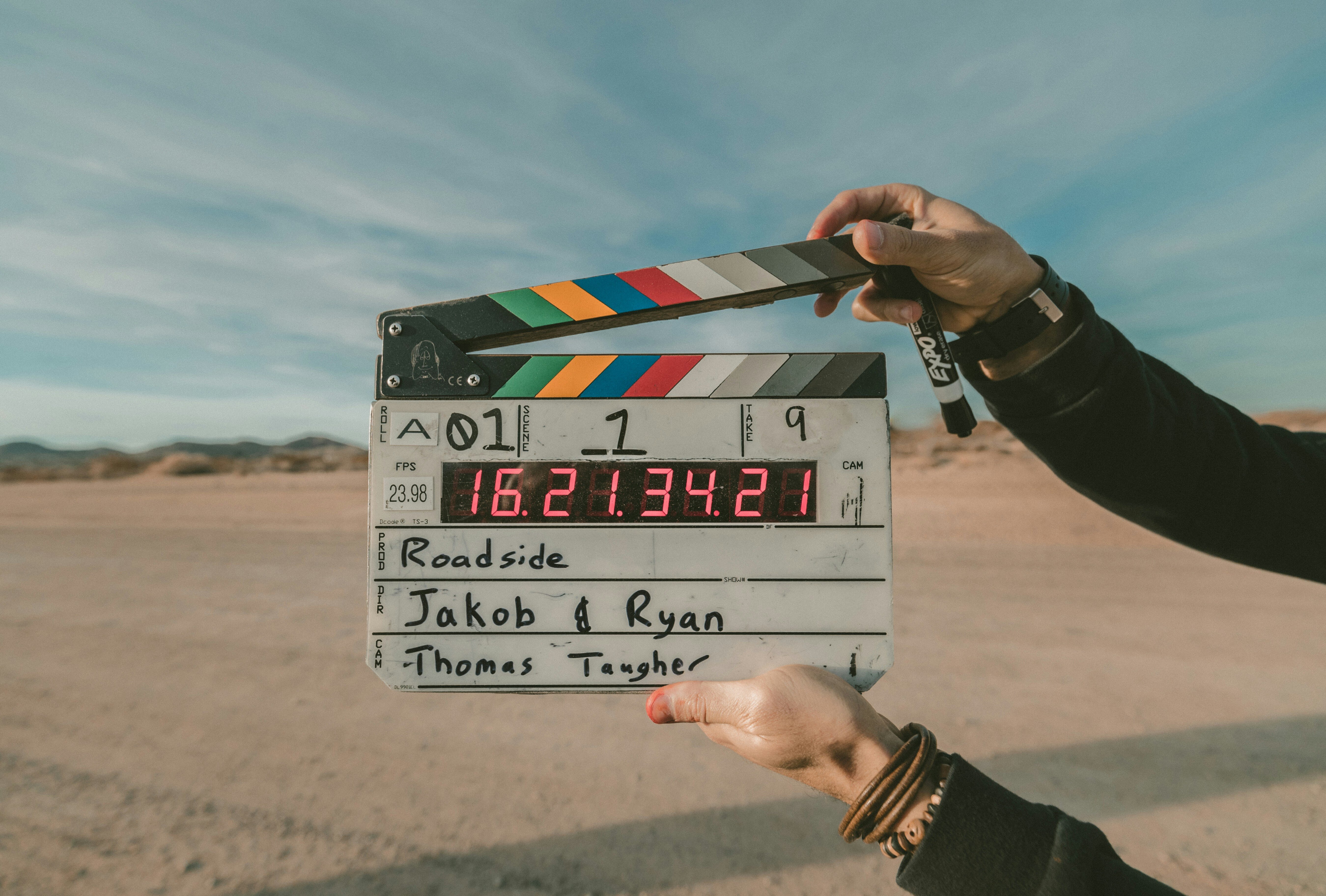AI Upscaling Applied to Kenny Chesney's She Thinks My Tractor's Sexy Music Video A 25-Year Retrospective

I was recently reviewing some older music video assets, specifically Kenny Chesney's "She Thinks My Tractor's Sexy," and a question popped into my head that's been nagging at me for a while now: what happens when we apply modern machine learning upscaling techniques to video that was shot and mastered on decidedly lower-resolution digital or even analog tape formats from the late 1990s? This isn't just about making a grainy video look a bit sharper on a 4K display; it’s a fascinating case study in digital restoration and the limits of interpolation when dealing with source material that fundamentally lacks data. We’re talking about taking something originally intended for late-night cable rotation or perhaps even VHS quality and projecting it onto modern high-fidelity screens, demanding a level of detail that simply wasn't captured back then.
The original production standards for that era often involved standard definition (SD) video, maybe 480i or 480p at best, digitized from tape masters that already carried generational loss. When we feed that material into a sophisticated neural network trained on vast datasets of high-resolution footage, the algorithm has to *guess* at the missing information between the existing pixels, a process that is both mathematically clever and inherently speculative. I wanted to see if the AI could convincingly reconstruct the texture of the dirt roads or the fine details of the tractor chrome without inventing artifacts that betray the source’s age or introduce an uncanny valley effect into the scene. It’s an exercise in understanding how much visual fidelity we can realistically squeeze out of historical media using twenty-first-century processing power.
Let's focus on the actual process of upscaling this specific video, keeping in mind the material constraints of the original source capture. When the AI encounters a block of uniform color—say, a patch of clear blue sky in a shot of Chesney leaning against the machinery—the interpolation is relatively straightforward; the network can confidently predict smooth gradients based on its training. However, the real challenge arises when the input resolution struggles to define edges, such as the fine stitching on a cowboy hat or the individual strands of hair blowing in the wind under the bright sun. The algorithm attempts to synthesize these details, often relying on learned patterns of what human hair or fabric *should* look like at 4K, rather than what was actually recorded at 480p. I noticed in certain wide shots, where the original resolution blurred background elements into soft shapes, the upscaled version sometimes rendered these shapes with an almost hyper-real, overly sharp texture that felt inconsistent with the shallow depth of field captured on the original lens. This highlights a fundamental tension: are we faithfully restoring the image, or are we creating a visually appealing, yet ultimately fictional, representation of the original scene?
Reflecting on the technical hurdles, the temporal consistency across frames presents another layer of difficulty when dealing with older, interlaced video masters that might have minor jitter or drop-outs. A standard frame-by-frame upscaling pass can sometimes introduce flickering or shimmering in areas where the AI struggles to maintain a stable interpretation of fine details across sequential images. For example, during quick pans across the farm setting, the AI’s attempt to sharpen foliage might cause the leaves to momentarily "dance" unnaturally as the network tries to reconcile slightly different pixel groupings in adjacent frames. Furthermore, the color space conversion from older broadcast standards to modern wide-gamut displays can sometimes lead to oversaturation or clipping if the upscaling pipeline doesn't properly manage the dynamic range expansion. We have to be meticulous in ensuring that the AI-generated detail doesn't simply look like an over-sharpened, artificially brightened version of the original SD file, losing the intended mood and grain structure that defined that particular era of music video production.
More Posts from ai-videoupscale.com:
- →AI Video Denoising Comparing Free Online Tools in 2024
- →Adobe Photoshop Cloud Trial's New AI Upscaling Features A Deep Dive into Resolution Enhancement Tools
- →Precision Glare Removal AI-Powered Techniques for Enhancing Video Upscaling Quality
- →7 Free Online AI Photo Editors that Support Video Frame Enhancement in 2024
- →AI-Powered Image Upscaling Enlarging Photos Without Quality Loss in 2024
- →Desktop Declutter Guide How 4K Video Editors Optimize Their Workspace in Windows 11 (2024)